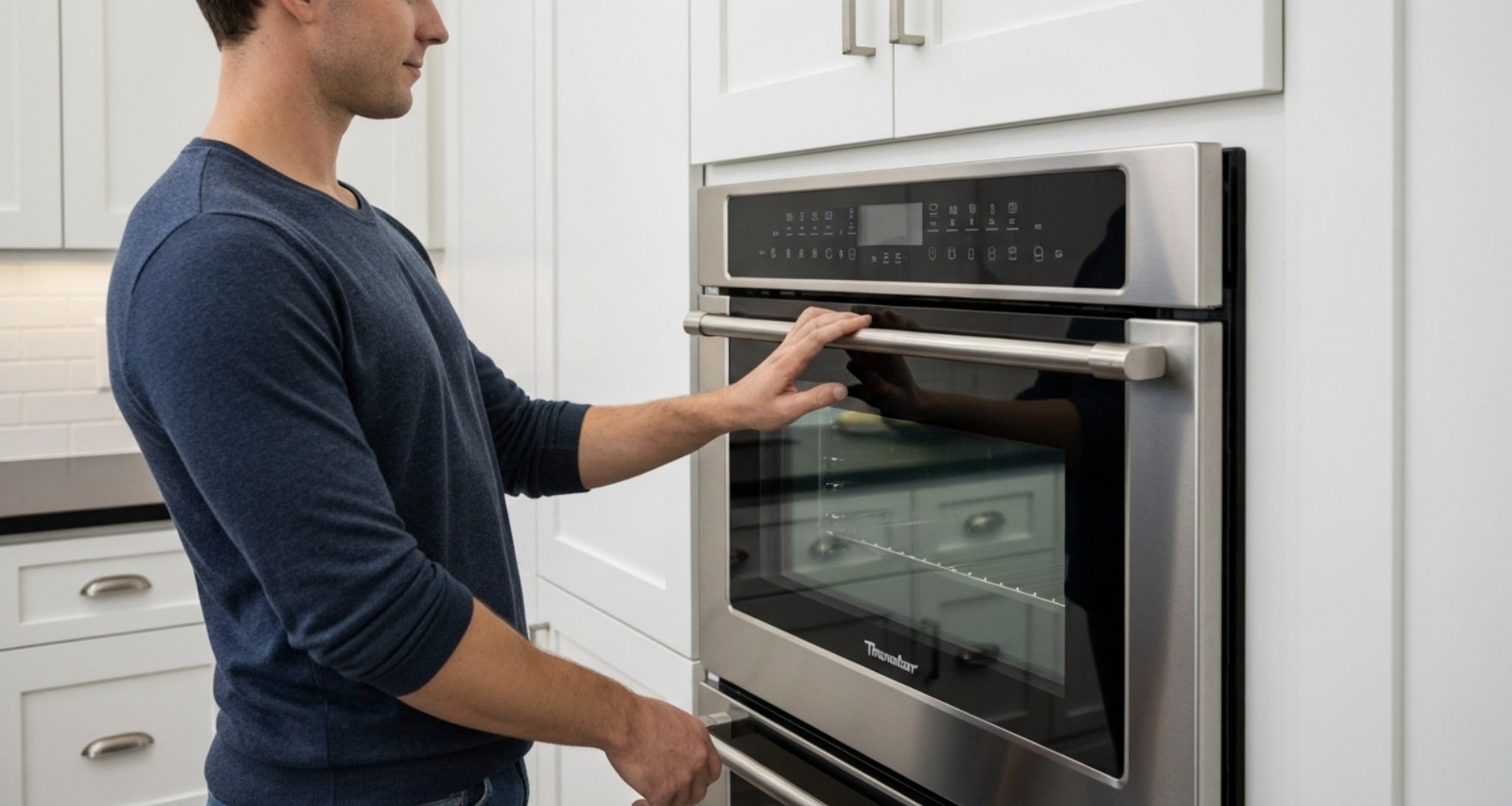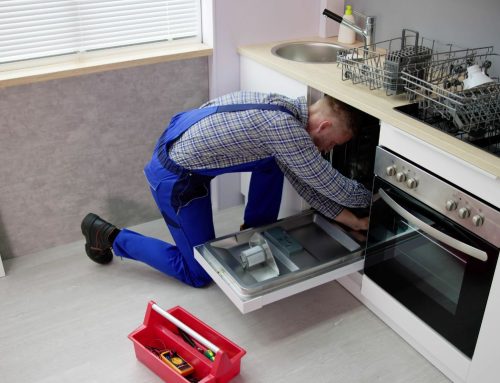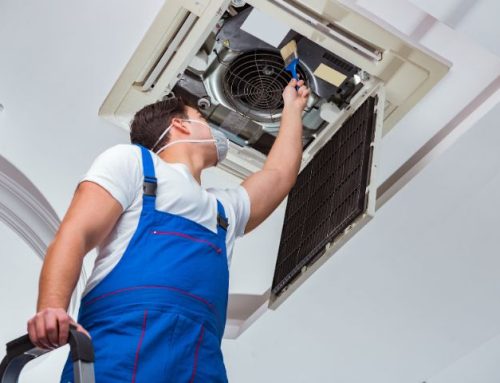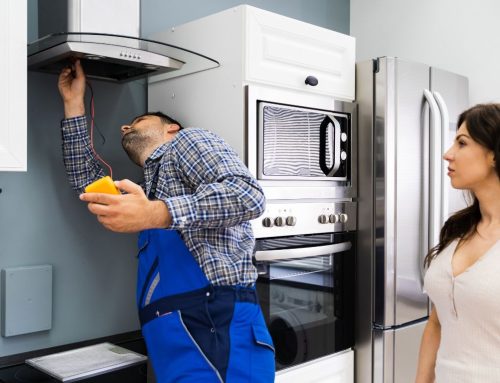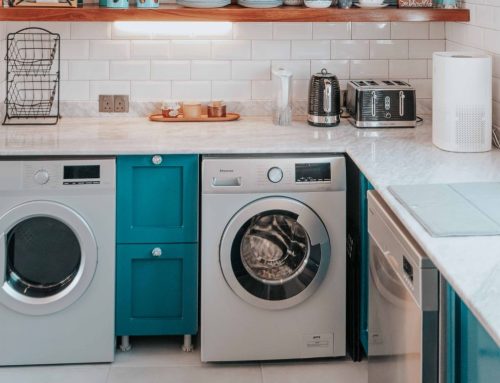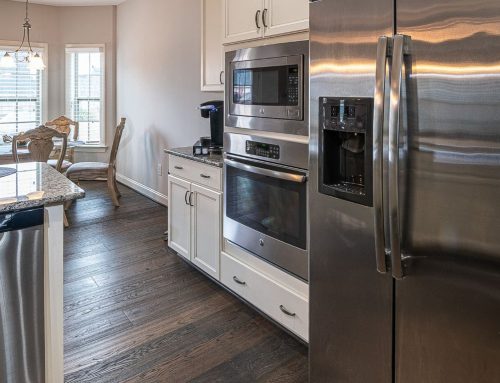You have the perfect meal planned, but your high-end Thermador oven refuses to cooperate. Instead of a perfectly roasted dish, you are left with something undercooked and a lot of frustration. When your Thermador oven struggling to heat, it disrupts your entire kitchen routine. These Thermador oven problems are more than just an inconvenience; they can signal underlying issues that require attention. If your oven is letting you down, it is time to understand the cause and find a reliable solution with professional appliance repair.
Understanding Thermador Oven Performance in Austin
Have you ever wondered if the Austin heat affects more than just your electricity bill? It can also impact your home appliances. Your Thermador oven is designed to operate within a specific range of ambient temperatures. When your kitchen is already warm due to a hot Texas day, the oven’s internal components, like the electronic control board, have to work harder to stay cool.
This added thermal stress can lead to premature wear and tear. Over time, consistent exposure to high ambient heat can shorten the lifespan of sensitive electronics, leading to malfunctions. According to the U.S. Department of Energy, proper ventilation is key for appliance efficiency, but in a consistently hot climate, even good airflow may not be enough to prevent strain. This can sometimes manifest as uneven heating if the control board struggles to regulate temperature accurately.
Ultimately, these environmental pressures can contribute to a range of Thermador oven problems. A component that might last for years in a milder climate could fail sooner in Austin, making professional appliance repair a necessary service for local homeowners who want to protect their investment.
How Austin’s Climate Influences Appliance Efficiency
Beyond just the heat, Austin’s notorious humidity can also be an enemy to your Thermador oven. Moisture in the air can accelerate corrosion on electrical contacts and connections. This can lead to intermittent power issues or faulty signals between the control board and components like the temperature sensor, which could cause your oven to heat unevenly or struggle to reach the right temperature.
Furthermore, the strain on Austin’s power grid during peak summer months can lead to subtle voltage fluctuations. While you may not notice them, your sensitive Thermador oven might. An inconsistent power supply can stress the electrical systems inside both gas and electric models. This can affect everything from the igniter’s ability to spark to the heating element’s output.
Here’s how Austin’s climate can be a factor:
- High Humidity: Promotes corrosion on electrical terminals and connections.
- Sustained High Heat: Forces cooling fans and electronic components to work overtime, increasing wear.
- Power Grid Strain: Can cause voltage drops that affect the performance of your appliance repair.
Most Common Reasons Thermador Ovens Struggle to Heat
While Austin’s climate can contribute to wear, most heating issues in a Thermador oven boil down to a few specific component failures. These parts are responsible for generating and regulating heat, and they are often the first to show signs of trouble. Identifying which part is failing is key to a successful repair.
Faulty Heating Elements or Igniters
One of the most common reasons a Thermador oven struggles to reach the set temperature is a faulty heating source. In an electric oven, this is the bake or broil heating element. Over time, these elements can burn out, develop breaks, or short-circuit. When this happens, the oven may not heat at all, or it may heat unevenly. A visual inspection can often reveal blisters, cracks, or dark spots on a faulty element.
For a Thermador gas oven, the problem is frequently a weak or failing igniter. The igniter has two jobs: to draw enough electrical current to open the gas valve and to get hot enough to ignite the gas flowing into the burner. If the igniter becomes too weak to perform either of these tasks, your oven will not heat up. An igniter that glows for more than 90 seconds without the gas igniting is a strong indicator that it needs replacement.
| Component | Common Issue in Electric Ovens | Common Issue in Gas Ovens |
|---|---|---|
| Heating Source | The bake or broil heating element may burn out, showing visible damage like blisters or breaks. | The igniter becomes too weak to open the gas valve or spark, preventing the burner from lighting. |
| Symptom | The oven heats unevenly, or not at all. You might see parts of the element that do not glow red. | The oven fails to heat, and you might hear a click but see no flame. A faint gas smell is a danger sign. |
Issues with Power Supply or Electrical Connections
Sometimes, the reason your Thermador oven isn’t heating has nothing to do with the oven itself but with its power source. An electric oven requires a dedicated 240-volt outlet, and if the circuit breaker has tripped, it will not receive any power. Even a gas oven needs a 120-volt connection to power the igniter and control panel. Always start by checking your home’s circuit breaker box.
If the breaker is fine, the outlet could be the source of your Thermador oven problems. You can test the outlet with a multimeter to ensure it is providing the correct voltage. It is also important to ensure the oven’s power cord is securely plugged in and free from any damage. Using an extension cord is not recommended, as it cannot safely handle the high power draw of an oven.
In cases where the oven starts to heat but will not hold the temperature, an intermittent electrical connection could be the cause. Loose or corroded wiring can disrupt the flow of power to the heating components or the temperature sensor. These issues are more complex and often require a professional appliance repair service to diagnose and fix safely.
Signs Your Thermador Oven Isn’t Reaching Proper Temperature
Is your food taking much longer to cook than the recipe suggests? Your Thermador oven may not be reaching the correct temperature, and there are several clear signs to watch for. Recognizing these symptoms early can help you address Thermador oven problems before they become more severe.
Slow Preheating and Uneven Heating Explained
If you find yourself waiting an exceptionally long time for your Thermador oven to preheat, it is a clear red flag. Slow preheating often indicates that a heating component is not working at full capacity. In an electric oven, it could mean one of the heating elements is failing. In a gas oven, a weak igniter may be struggling to light the burner efficiently.
Uneven heating is another frustrating symptom. If your baked goods are golden brown on one side but still doughy on the other, the heat is not circulating correctly. This might be due to a burned-out section of a bake element, which creates hot and cold spots inside the oven. In a convection model, a malfunctioning fan could also be the culprit.
Key indicators of heating distribution problems include:
- Food is consistently overcooked or undercooked in certain spots.
- Cakes and breads rise unevenly.
- The oven takes 30 minutes or more to reach a moderate temperature like 350°F.
Oven Fails to Hold Set Temperature Consistently
Perhaps your Thermador oven preheats just fine, but you notice the temperature dropping midway through cooking. This inability to hold a set temperature consistently points to a problem with the oven’s regulatory system. Your oven is designed to cycle the heating element on and off to maintain a precise temperature, and a failure in this system can ruin your meal.
What should you check if your oven starts to heat but won’t hold the temperature? The issue often lies with the temperature sensor or the thermostat. The sensor is a small probe inside the oven that reads the internal temperature and sends that information to the control board. If the sensor is faulty, it may send incorrect readings, causing the oven to shut off the heat prematurely or fail to turn it back on.
Another possibility is a worn-out door seal. If the gasket around the oven door is damaged or loose, hot air can escape. This forces the oven to work harder to maintain heat and can lead to significant temperature fluctuations. These Thermador oven problems often require professional diagnosis to distinguish between a simple seal replacement and a more complex sensor or control board issue.
Troubleshooting Thermador Oven Heating Issues at Home
Before you call for appliance repair, there are a few basic troubleshooting steps you can take to diagnose your Thermador oven. Some heating issues have simple solutions that you can safely handle on your own. These checks can help you identify the problem or, at the very least, provide valuable information for a repair service technician.
However, always prioritize safety. Disconnect the oven from its power source before attempting any inspections. We will walk through how to check the most common culprits, like the igniter and door seal, to see if a DIY fix is within reach.
Checking the Igniter and Heating Element
A faulty igniter is a primary reason a gas Thermador oven will not heat properly. To check it, turn on your oven and observe the igniter. A healthy igniter should glow bright orange or yellow within 90 seconds, followed by the “whoosh” of the gas igniting. If it fails to glow at all, glows a dull red, or takes longer than 90 seconds, it is likely faulty and needs to be replaced.
How do you know if the heating element in your electric Thermador oven needs replacing? Start with a visual inspection (with the power off). Look for any visible signs of damage, such as blisters, cracks, or broken spots on the element. When you turn the oven on, a functioning element should glow a consistent, bright red. If you see dark spots or areas that are not glowing, the element has failed and requires replacement.
While replacing these parts can sometimes be a DIY job for those with experience, it involves handling delicate components and electrical wiring. If you are not completely comfortable, it is always safer to call a professional for appliance repair.
Identifying Door Seal and Control Board Problems
A faulty door seal is a common and often overlooked cause of heating issues. A damaged gasket allows precious heat to escape, forcing your oven to work continuously and leading to temperature fluctuations and wasted energy. To inspect it, run your hand around the edge of the closed oven door (be careful if it was recently on). If you feel hot air escaping, the seal is compromised.
Visually inspect the gasket for any cracks, tears, or brittle sections. A damaged door seal is a relatively simple and inexpensive part to replace, and doing so can significantly improve your oven’s performance.
Control board problems, on the other hand, are much more complex. The electronic control board is the brain of your Thermador oven, and if it malfunctions, it can cause a wide range of Thermador oven problems.
- Unresponsive Display: The control panel may not light up or respond to commands.
- Error Codes: The display shows persistent error codes that do not clear after a power reset.
- Erratic Behavior: The oven turns on or off by itself or fails to start a bake cycle. Diagnosing and replacing a control board requires technical expertise, making it a job best left to a professional appliance repair technician.
When to Call a Professional for Your Thermador Oven in Austin
While some troubleshooting can be done at home, many oven repairs are complex and potentially dangerous. Knowing when to step back and call a professional repair service is key to ensuring a safe and effective fix for your Thermador oven. This is especially true when dealing with gas lines or intricate electrical components.
If you have performed basic checks and the problem persists, or if you are uncomfortable with the repair, it is time to seek expert help. A qualified technician in Austin will have the tools and experience to diagnose the issue correctly and prevent further damage to your high-end appliance.
When Performance Matters, Trust Thermador Repair Group!
Your Thermador oven is a premium appliance that deserves expert care. When it is not performing as it should, you need a repair service you can trust to restore its precision and power. Here at Thermador Repair Group, our team of certified technicians specializes in high-end appliance repair. We understand the intricate engineering of a Thermador oven and have the diagnostic tools and genuine parts needed to get the job done right the first time. We are committed to providing fast, reliable service to our neighbors in the Austin area.
Do not let a malfunctioning oven disrupt your life any longer. We pride ourselves on our professionalism and customer-focused approach, ensuring your appliance is back in top condition quickly. Whether you are dealing with a simple fix or a complex electrical issue, you can count on our expertise. Contact us today to schedule your appliance repair and experience the difference that professional service makes.
Conclusion
In conclusion, understanding the reasons behind your Thermador oven struggling to heat is crucial for effective troubleshooting. Local conditions in Austin significantly impact performance, making it essential to consider factors like climate and appliance efficiency. By identifying common issues such as faulty heating elements or power supply problems, you can take steps to address them. Remember, while some repairs can be handled at home, others may require professional assistance for a thorough diagnosis and long-term solutions. For more insights and tips on improving your kitchen appliances, feel free to check out our blog post about The Common Thermador Range Burner Issues in Hollywood Kitchens. Your cooking experience deserves nothing less than optimal performance!
Frequently Asked Questions
Can a faulty igniter or heating element cause temperature problems in my Thermador oven?
Yes, absolutely. A faulty heating element in an electric Thermador oven or a weak igniter in a gas oven are the most common causes of temperature problems. These parts are responsible for generating heat, and if they fail, your oven will not heat properly.
What should I look for if my oven heats unevenly or too quickly?
If your Thermador oven heats unevenly, check for visible damage on the heating element. If it heats too quickly, the temperature sensor or thermostat may be malfunctioning. These issues often require professional appliance repair to diagnose the specific component causing the problem.
How do I know if my Thermador oven needs professional repair?
You need professional repair if basic troubleshooting fails, you smell gas (for a gas oven), you see error codes on the display, or the problem involves electrical components like the control board. For safety and accuracy, always call a repair service for complex Thermador oven problems.

